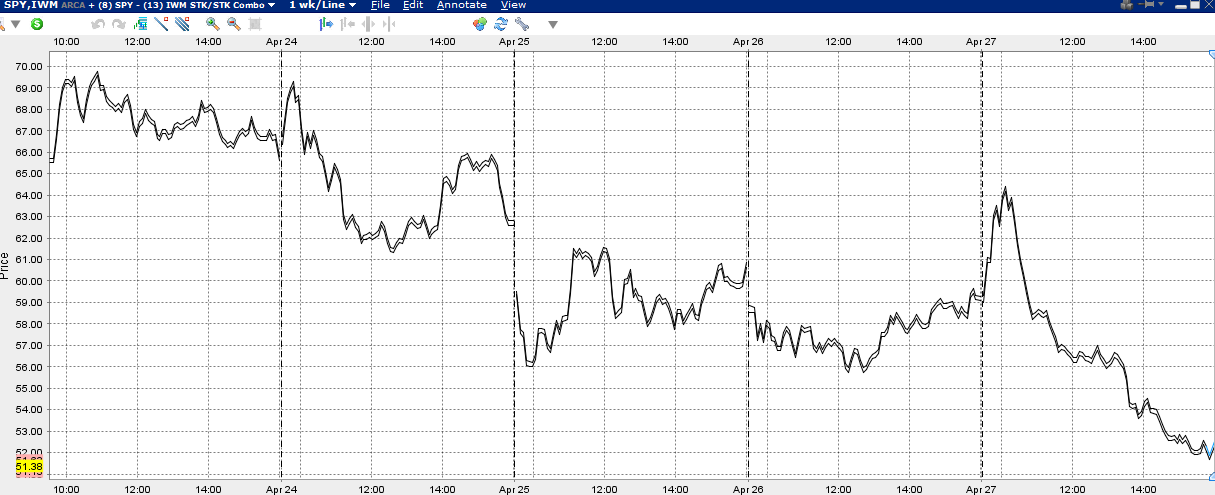Charles Darwin is widely known as the man behind the Theory of Evolution. He theorized that through evolution a species could adapt to different environmental conditions. Those individuals who did not adapt would not survive to pass along their genes.
A friend said to me the other day, “It is the market’s fault I lost money trading last month.”
I could have agreed with my friend's opinion since I have spent the last two years building my quantitative strategy and I have had plenty of setbacks along the way. Now in the current low-volatility enviromnent I am making money trading my strategy at a very short time scale, choosing my entry points very wisely, and capitalizing on many small gains.
At various points in my journey so far, I have had to cut limbs to survive. I had to admit I did not know much about quant strategies when I started. I made mistakes, took steps back to think, I iterated, re-tested, and moved forward. I had to adapt to market conditions all the time.
What has worked for me is to adapt to different market conditions all the time. Like a football team, I started by building a book of plays that will work at diffeSave & Closerent times and against different opponents, in different market environments. I learned that what worked last week may not work this week or next. I need to understand my opponent by recognizing trends, inflection points, and themes in the market, all of which can change on a dime. I use my growing playbook to exploit this situation. If you build a good playbook you will have the trades set to make money in any market conditions by adapting and evolving.
A playbook is the tool I have built in order to adapt.
So how do we adapt? For quantitative traders, this can be one of the hardest things to do. Computers don’t learn and adapt, they just crunch numbers. Humans need to think very carefully about the inputs. Maybe that means we ask the computer to look at performance of the strategy in bull and in bear markets, or in low and high volatility environments, or in times when oil prices are low and high. Whatever we think might impact our strategy. Maybe we find that when certain market conditions are in effect, we need to tweak our strategy (or radically change it). Then, experiment with the change. Try one or two small trades to see how they perform. But don’t get too comfortable, because the next change in the market is just around the corner.
Later this month, I will host a webinar discussing how I have built my playbook with detailed trades. Stay tuned ... details to come shortly.
Written by Jennifer Galperin. Follow me on Twitter and StockTwits.

 Wednesday, April 25, 2012 at 2:36PM
Wednesday, April 25, 2012 at 2:36PM
